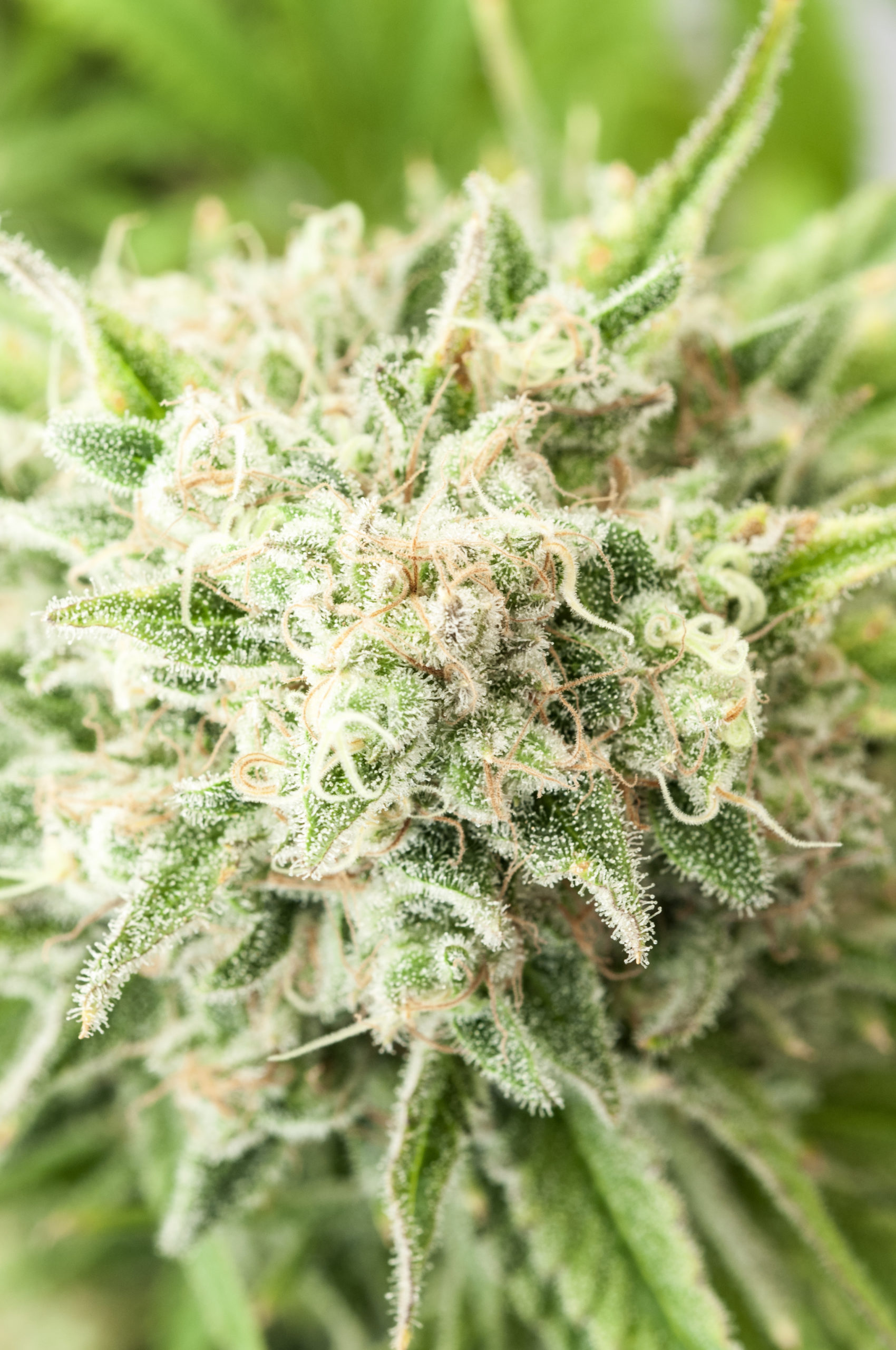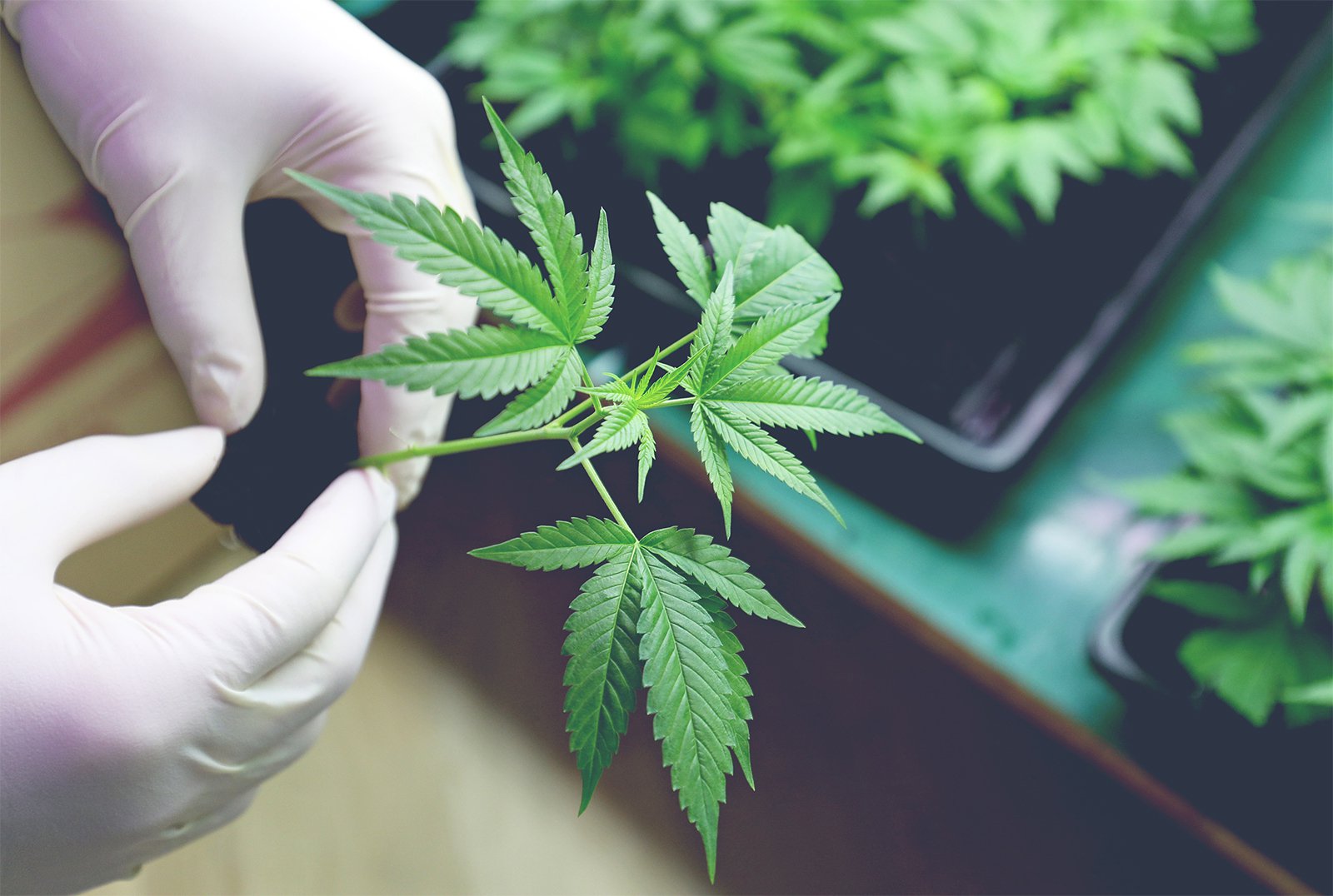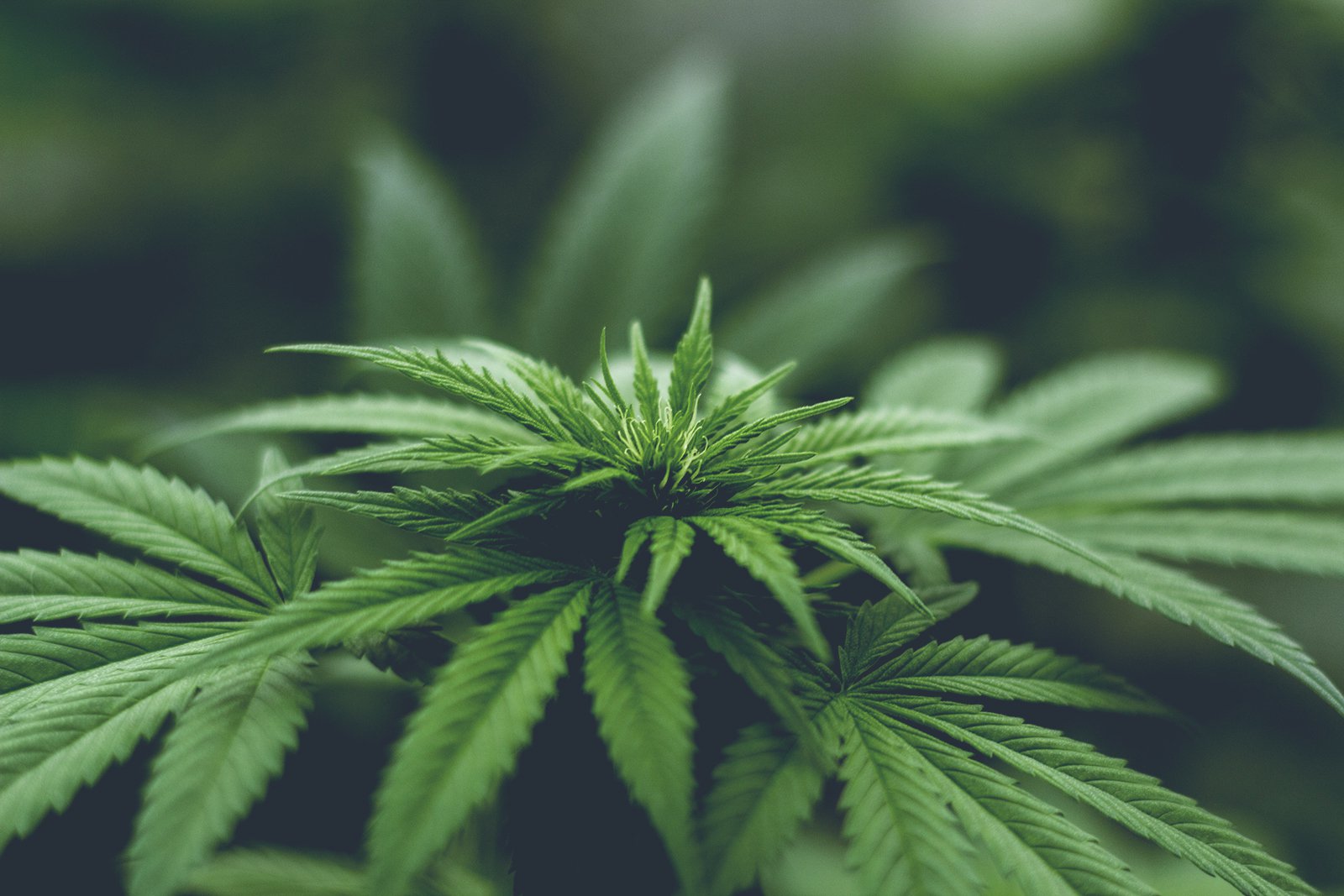
What are Cannabinoids?
Cannabinoids are naturally occurring compounds within the plant Cannabis Sativa that interact with the body’s endocannabinoid system by activating cannabinoid receptors. The endocannabinoid system extends throughout the central nervous system and modulates the regulation of the neuroendocrine system, which regulates organ function and stress response, helping to maintain a healthy balance through the entire body. You can find more in-depth information on the endocannabinoid system here, but this article is going to focus primarily on cannabinoids – what they are, their history and what potential they may behold.
Because the endocannabinoid system is so far-reaching, impacting virtually all of the body’s organs, cannabinoids are literally a bridge between body and mind. The body produces it’s own endogenous cannabinoids, called endocannabinoids. The most researched and best understood of the endocannabinoids is Anandamide, a name taken from the Sanskrit word ananda which means “joy, bliss, and delight.” Anandamide wasn’t discovered until 1992, after the discovery of THC, CBN, CBG, and just after the discovery of the endocannabinoid system, also in 1992. It’s been less than 30 years since the discovery of the endocannabinoid system and progress in research has been lacking due to the fringe status of Cannabis and in turn cannabinoids.
Luckily, there are many advocates for Cannabis and the political scene is changing. One of the strongest advocates for cannabis and the endocannabinoid system is Dr. Ethan Russo, the Director of Research and Development for the International Cannabis and Cannabinoids Institute (ICCI). Russo has spent much of his career to changing the political climate around Cannabis, cannabinoids, and the endocannabinoid system by conducting medical research with cannabis and bringing attention to it and the need for more research. According to Russo, “The vast majority of physicians just have no background in the ECS,” he said. “Despite it being discovered almost 30 years ago, there’s been very little uptake of it in med school curricula—it’s just not being taught, and whether that’s an unfortunate association with the word ‘cannabis’ is unclear. But clearly we have a knowledge deficit in regard to it, and until we rectify that we won’t have the ability to treat our patients more effectively.”
We are now approaching a golden age of cannabis research, as laws are changed, legal sanctions are lifted, and public perception is altered. With the recent waves of medical and recreational marijuana passing at the state levels and the passing of the 2018 farm bill, and the federal legalization of industrial hemp (Cannabis Sativa), the industry is booming and allowing for plenty of new opportunities for research into Cannabis and all its components.
Cannabis sativa contains well over 500 natural compounds, including terpenoids, flavonoids, omega fatty acids, and over 100 classified as cannabinoids. We’re not going to cover all of the cannabinoids here, but we’ll review some of the major ones – some of which have been well researched, ie. THC, CBD, and others are still in the very preliminary phases.
Major Cannabinoids
- CBD (Cannabidiol) Typically the second most abundant cannabinoid in cannabis after THC, CBD has recently gained a lot of popularity for its therapeutic effects. Today, there are several strains grown to express high CBD. With the passing of the 2018 farm bill, legalizing cannabis with under 0.3% THC, even more plants have been bred to reflect this. To learn more about CBD check out our article on it here.
- THC (Δ9–tetrahydrocannabinol) The iconic psychoactive cannabinoid which is responsible for producing the euphoric high feeling. Because of this, Cannabis has been demonized in many cultures and made illegal. THC has a wide range of effects, benefits, and risks. Research into THC led to the discovery of the endocannabinoid system, endocannabinoids, and a wide range of other research. THC is legal in some places in the US but is still a schedule 1 drug and illegal federally. Federally legal cannabis must be under a 0.3% THC content threshold to maintain legal status.
- CBG (Cannabigerol) This cannabinoid is the precursor to several other major cannabinoids, including THC, CBD, and CBC. Without CBG, you wouldn’t have any of the others. This was one of the first cannabinoids to be discovered, over 50 years ago by Israeli researchers and later understood by Japanese researchers that it was a precursor. Despite its long history, there has not been much research done, especially compared to THC or CBD. You can find out more about CBG by checking out our article here.
- CBC (Cannabichromene) Discovered over 50 years ago, but only recently gaining funding for research, our understanding of this cannabinoid is still in its infancy. While CBC doesn’t get much attention, its therapeutic potential is very promising. Like THC and CBD, CBC stems from CGB. CBC seems to have an ‘entourage effect’ working synergistically with other cannabinoids, although it does seem to have it’s over benefits. You can find out more by checking out our article on CBC here.
- CBGV (Cannabigerivarin) One of the lesser-known cannabinoids, but is gaining traction for its potential use as an anticonvulsant and other potential benefits. It seems to also have an ‘entourage effect,’ assisting in the metabolism of other cannabinoids, including CBD, and increasing the overall benefits gained from using the plant.

- THCV (Tetrahydrocannabivarin) Similar to THC in molecular structure and psychoactive properties, but rather different in its potential effects. Has shown potential to help with a wide range of ailments including diabetes, panic attacks, Alzheimer’s, and more. Research is preliminary, but the results look promising.
- CBDV (Cannabidivarin) Structurally similar to CBD, and shows a lot of therapeutic potential. This occurs mostly in Asian and African strains of Cannabis and strains lower in THC. Much of the research on CBDV has been on its use as an anticonvulsant but is also looking promising in many other ways as it becomes a major focus of pharmacological research.
- CBCV (Cannabichromevarin) Closely related to CBC, may have many untapped medicinal benefits. Although it was discovered almost 50 years ago, very little research has been conducted. CBCV is still worth mentioning as it is beginning to be a focus of pharmacological research and likely will be shown to have a variety of therapeutic uses – of which we look forward to reporting on.

These are just some of the over 100 known Cannabinoids found within the Cannabis Sativa plant and there are likely many more waiting to be discovered. Of the ones we do know about, they all seem to provide potential medical benefits, which is not surprising seeing as Cannabis has been used as a medicine traditionally for thousands of years. We are looking forward to the future when we have a fuller understanding of these wonderful compounds and all the benefits they offer. In the meantime, we will continue monitoring the progress of research and diligently reporting on all of the biggest breakthroughs in the industry. If you would like to keep up with us, subscribe to our newsletter for monthly updates and special offers.



